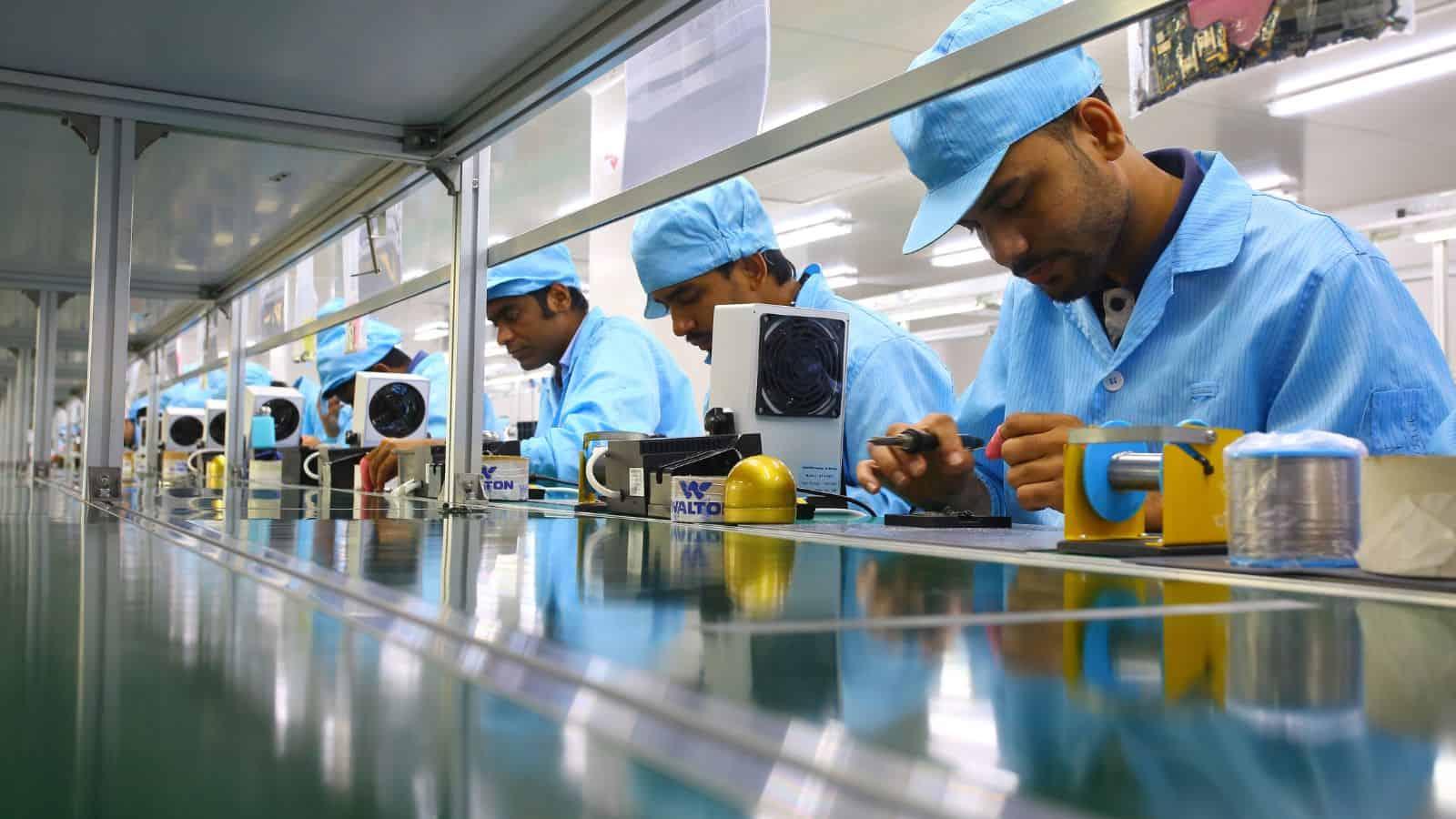The Evolution of Assembly Line Production in Modern Manufacturing

Let’s face it—without assembly lines, modern manufacturing wouldn’t be what it is today. From automobiles to electronics, the ability to produce complex products quickly and consistently has shaped industries and economies worldwide. But assembly line production has come a long way since its early days. It’s not just about moving products down a conveyor belt anymore—it’s about smart automation, data-driven processes, and continuous improvement.
In this article, we’ll walk through how Assembly Line Production has evolved over the decades and what that means for manufacturers today.
What Is Assembly Line Production?
Before diving into history and innovation, let’s define it. Assembly line production is a manufacturing method where a product is assembled in a sequential process. Each station adds a specific component or performs a task until the final product is completed.
It's a simple idea—but its impact is massive. By dividing labor and simplifying tasks, assembly lines have enabled manufacturers to produce goods at scale, with consistent quality, and at lower costs.
A Brief History: Where It All Began
The concept of an assembly line isn’t new. You can trace its roots back to the 1800s, but it really took off when Henry Ford introduced the first moving assembly line in 1913. This innovation reduced the time it took to build a car from over 12 hours to just 90 minutes.
This game-changer made automobiles affordable for everyday people and set the stage for mass production across industries.
The Role of Standardization
One of the biggest breakthroughs that made assembly lines successful was standardization. Instead of custom-building every part, manufacturers started producing interchangeable components. This allowed products to move from one station to the next seamlessly.
Even today, standardization remains the backbone of efficient assembly line production—it minimizes errors, speeds up processes, and cuts costs.
Automation Changes the Game
Fast forward to the mid-to-late 20th century, and automation started to take the spotlight. Machines and robots began handling tasks that were once manual, repetitive, or dangerous. This not only improved speed and accuracy but also enhanced workplace safety.
Now, automation is everywhere in modern assembly lines—from robotic arms to AI-driven inspection systems. Companies offering assembly line production services have adapted by integrating advanced robotics, vision systems, and programmable controllers to keep pace with demand.
Lean Manufacturing Principles
In the 1980s, Japanese manufacturers, especially Toyota, revolutionized production with lean manufacturing—an approach that focuses on eliminating waste, improving quality, and optimizing flow.
Assembly lines adopted lean principles by redesigning workflows, reducing inventory, and continuously improving performance. Today, lean thinking is embedded in modern production services and continues to shape how lines are built and operated.
The Rise of Smart Assembly Lines
We’re now living in the era of Industry 4.0, where data and connectivity are the stars of the show. Smart assembly lines are equipped with sensors, IoT devices, and cloud-based systems that provide real-time feedback on performance, downtime, and defects.
These connected lines allow managers to make quick decisions, predict maintenance needs, and adapt to production changes on the fly. The result? Better products, faster turnaround, and happier customers.
For more insights into smart factory tech, check out this comprehensive smart manufacturing innovation article.
Customization Without Compromise
One of the challenges manufacturers faced for years was balancing efficiency with customization. Customers now want personalized products—without paying a fortune or waiting forever.
Modern assembly line production makes this possible with flexible systems, modular stations, and dynamic software. Products can be adjusted mid-process, allowing for a blend of efficiency and customization that was once unthinkable.
Human + Machine Collaboration
While automation handles repetitive tasks, humans are still very much part of the process. Today’s best production lines are designed for collaborative work environments, where humans and machines work side-by-side.
Technologies like collaborative robots (cobots), augmented reality (AR) for training, and ergonomic stations ensure workers are safe, supported, and efficient. This balance leads to higher job satisfaction and fewer injuries.
Sustainability on the Line
Modern manufacturers are under pressure to go green—and assembly lines are evolving to meet this demand. Energy-efficient machines, waste reduction programs, and recyclable materials are being built into line design.
Some manufacturers even monitor their carbon footprint in real time and use analytics to optimize energy consumption. Sustainable assembly line production isn’t just good for the planet—it’s great for business, too.
Want help designing eco-conscious production systems? Leading assembly line production service providers can help align efficiency with sustainability goals.
Benefits of Modern Assembly Line Production
Here’s a quick snapshot of what today’s production lines bring to the table:
-
Speed: Faster production cycles mean quicker delivery.
-
Quality: Automated inspections catch defects early.
-
Scalability: Easily ramp up for demand spikes.
-
Flexibility: Accommodate different models and custom specs.
-
Cost Efficiency: Less waste and lower labor costs.
Modern assembly lines are no longer just about quantity—they’re about smart, scalable, and sustainable manufacturing.
What’s Next for Assembly Lines?
Looking ahead, the future of assembly line production is promising. Expect even more AI-driven decision-making, digital twins for simulation, and 5G-enabled systems for instant communication. Production will become more decentralized, more intelligent, and even more customer-centric.
The evolution isn’t over—it’s just getting started.
Final Thoughts
From Ford’s first moving line to today’s smart factories, the journey of assembly line production has been nothing short of revolutionary. It’s transformed how we build, how we innovate, and how we meet the ever-growing expectations of global markets.
If your business relies on production, now is the time to invest in modern, adaptive, and tech-driven assembly line systems. The right setup doesn’t just make things—it builds the future.
- Art
- Causes
- Crafts
- Dance
- Drinks
- Film
- Fitness
- Food
- Spiele
- Gardening
- Health
- Startseite
- Literature
- Music
- Networking
- Andere
- Party
- Religion
- Shopping
- Sports
- Theater
- Wellness




